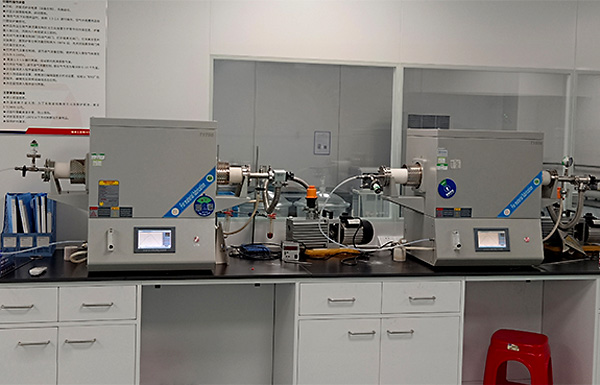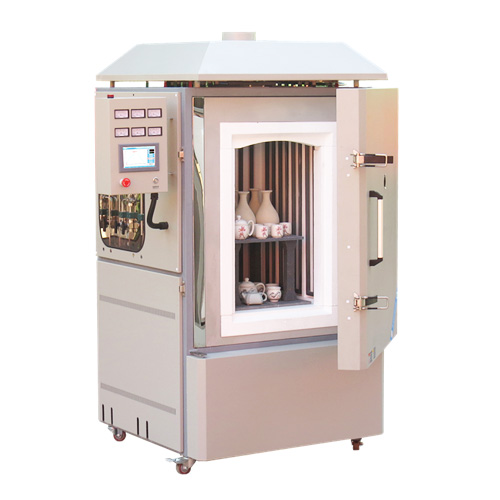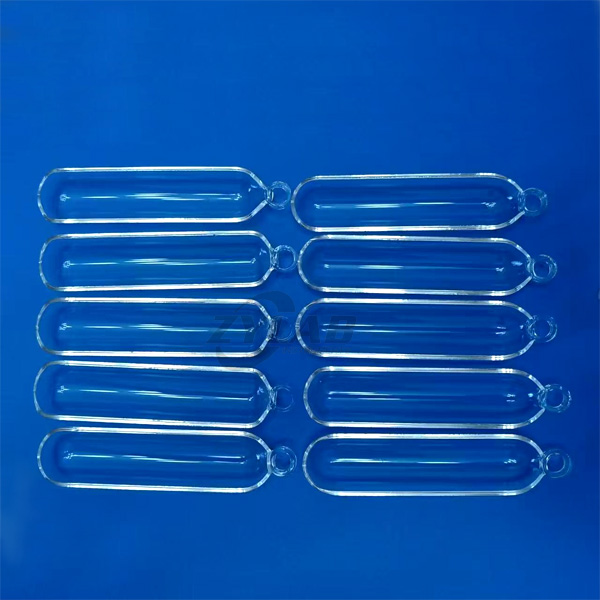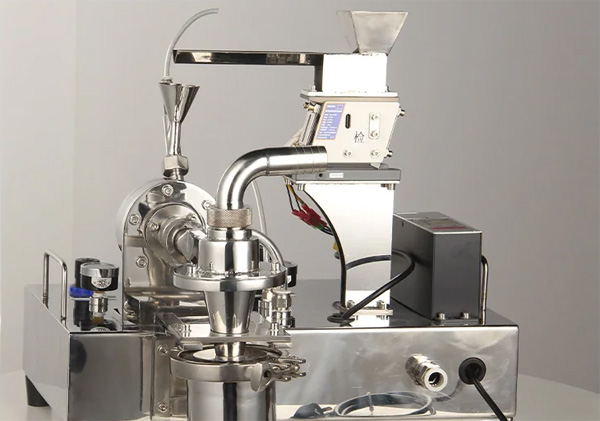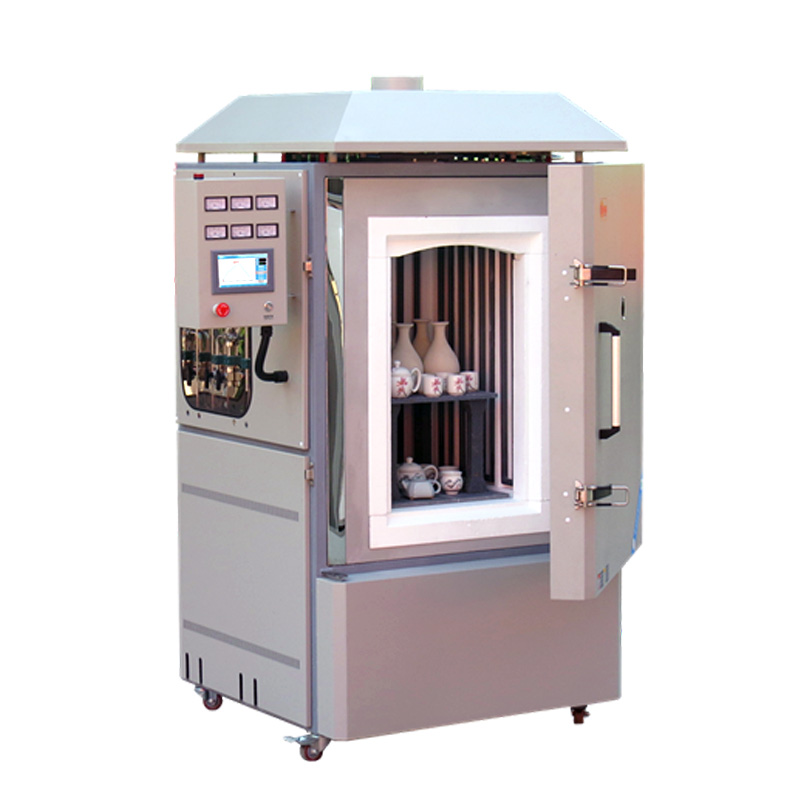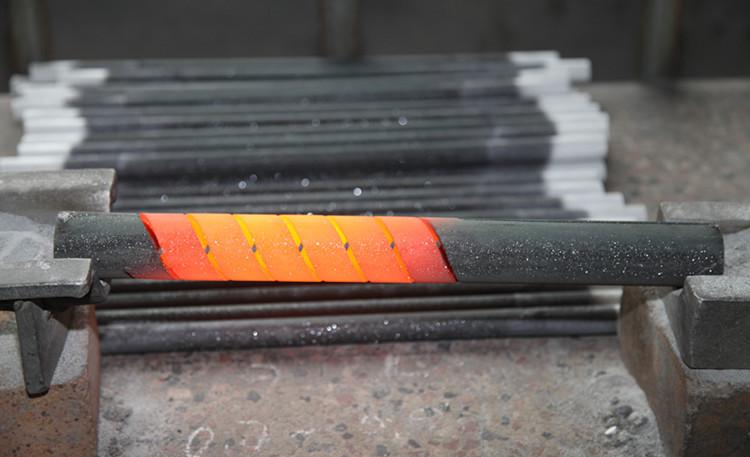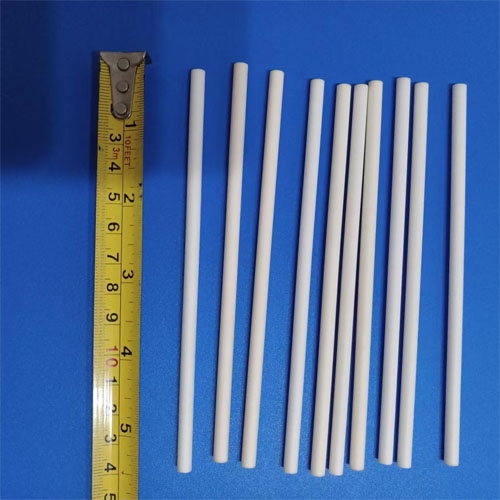At ZYLAB, we take pride in supporting global partners with high-performance laboratory solutions. Recently, we successfully supplied a Compact Jet Mill to a mid-to-large-sized chemical and equipment supplier based in Matamoros, Mexico. Known for its extensive distribution of agrochemicals, lab equipment, and industrial systems, this company serves a wide range of research and production facilities across Mexico and Latin America.
Author Archives: ZYLAB Solution
Tube furnaces are widely used in materials science due to their ability to deliver precise, high-temperature environments under controlled atmospheres. They play a critical role in research and development across various fields such as metallurgy, ceramics, crystal growth, and nanomaterials.
This article serves as a comprehensive guide to selecting the right furnace for ceramic sintering applications. We will explore different furnace types, key parameters such as temperature range and atmosphere control, and how to match your application needs with the right equipment.
At Zylab, we are proud to support scientific institutions across Europe with high-quality laboratory materials. One of our latest collaborations was with Linköping University in Sweden, where we supplied high-purity quartz boats for use in the ITN (Department of Science and Technology) cleanroom facility.
At ZYLAB, we take pride in supporting cutting-edge research across the globe with highly customized high-temperature solutions. Recently, we had the privilege of designing and manufacturing a lab-scale fluidized bed furnace for the Center for Heat Treating Excellence (CHTE) at Worcester Polytechnic Institute (WPI), one of the most prestigious research universities in the United States.
Whether you’re developing battery materials, advanced ceramics, or pharmaceutical powders, contamination-free and efficient grinding is essential. Laboratory jet mills offer a powerful and compact solution for researchers seeking high-performance results on a small scale.
At ZYLAB, we take pride in supporting academic excellence by delivering high-quality laboratory equipment to leading universities around the world. We are pleased to announce the successful delivery of a planetary ball mill to the prestigious University of Southampton in the United Kingdom.
A chamber furnace is a high-temperature heating system designed to process materials in a fully enclosed and thermally insulated box-shaped chamber. Unlike tube furnaces or open-flame systems, chamber furnaces provide a controlled environment where heating elements are embedded in the interior walls, ensuring excellent thermal uniformity.
Silicon carbide (SiC) heating elements are widely used in high-temperature applications such as ceramics sintering, powder metallurgy, glass processing, and laboratory heat treatment. Known for their high thermal conductivity, excellent oxidation resistance, and maximum working temperatures up to 1500°C, SiC elements are a popular choice for both industrial and research environments.
However, like all consumable components, SiC heating elements gradually degrade over time. The good news is: with proper care and operation, you can significantly extend their service life and reduce replacement costs.
At ZYLAB, we take pride in supporting cutting-edge scientific research and advanced material development around the world. Recently, we had the opportunity to collaborate with one of Turkey’s most prominent nanotechnology innovation companies, supplying them with high-purity alumina crucibles and custom-fabricated alumina tubes for use in their precision thermal experiments.


